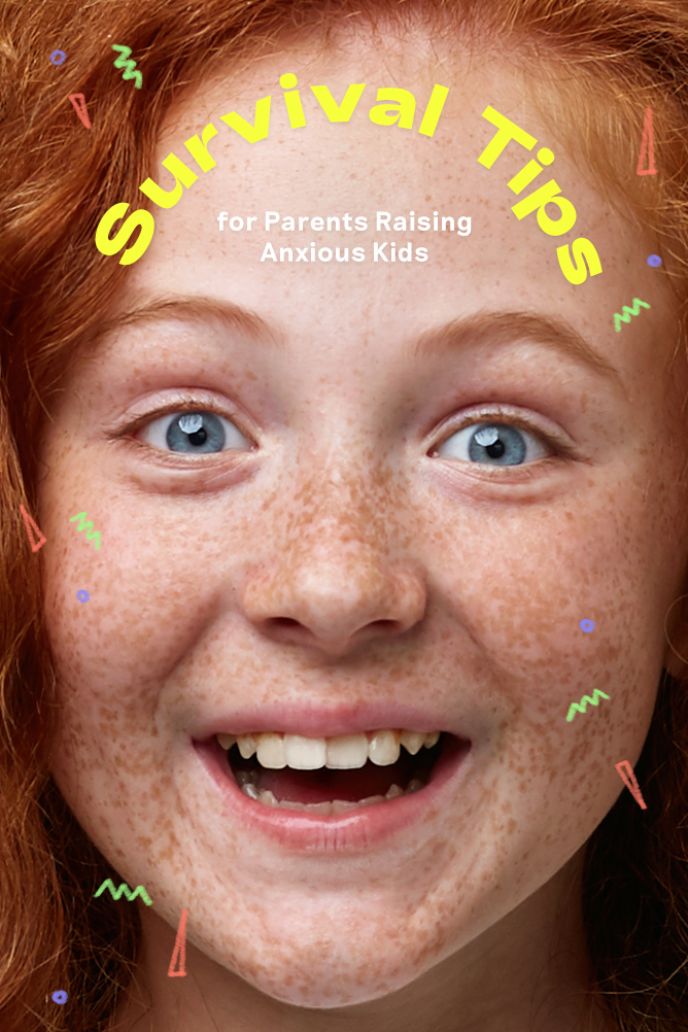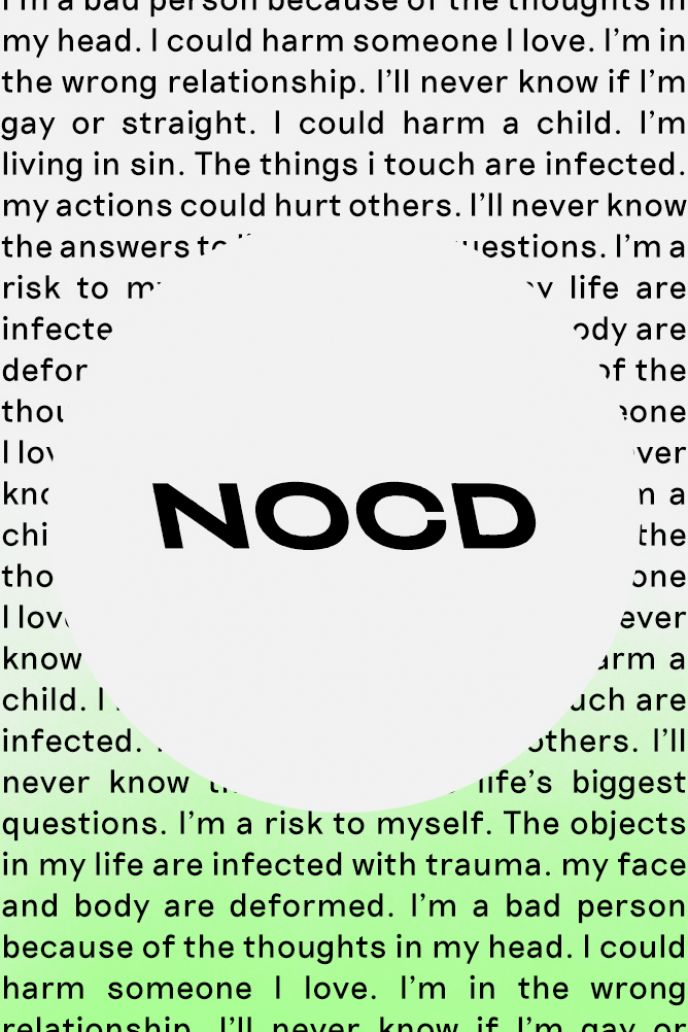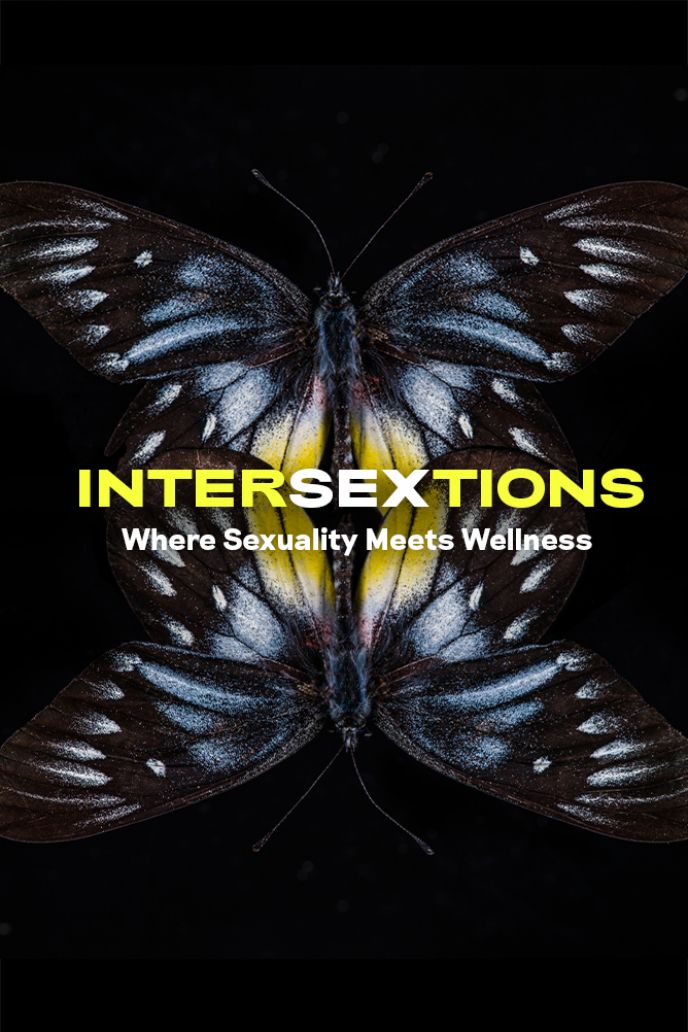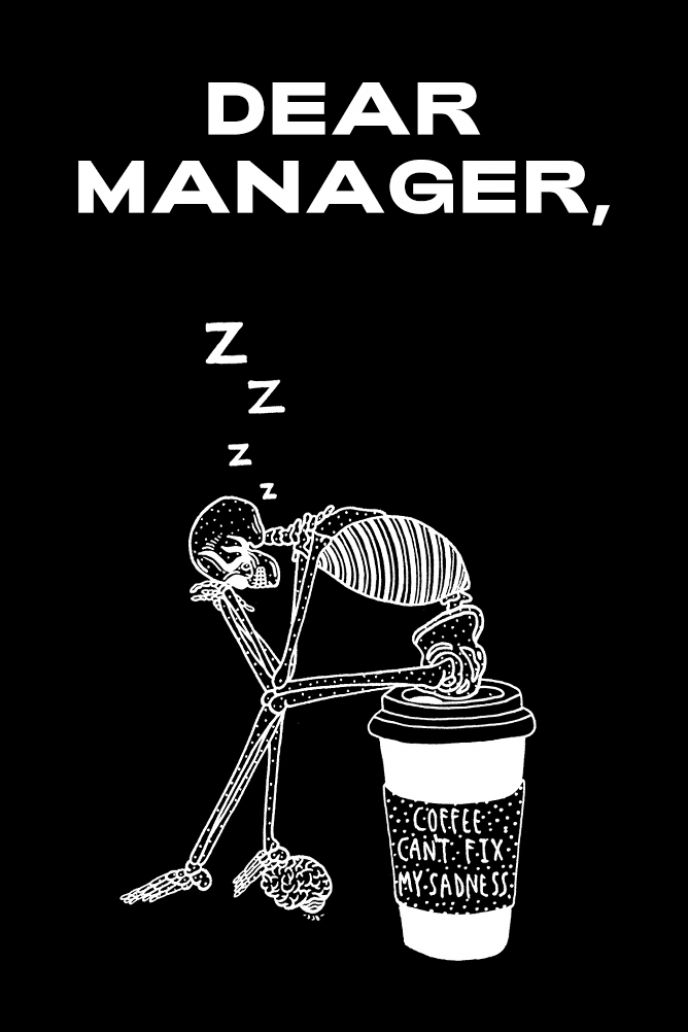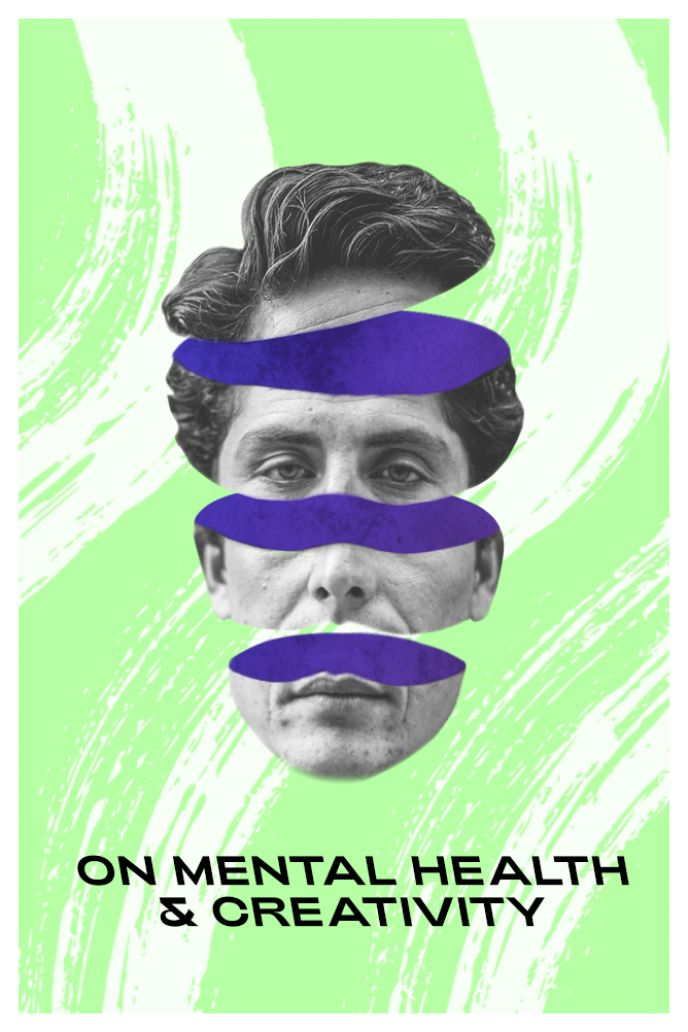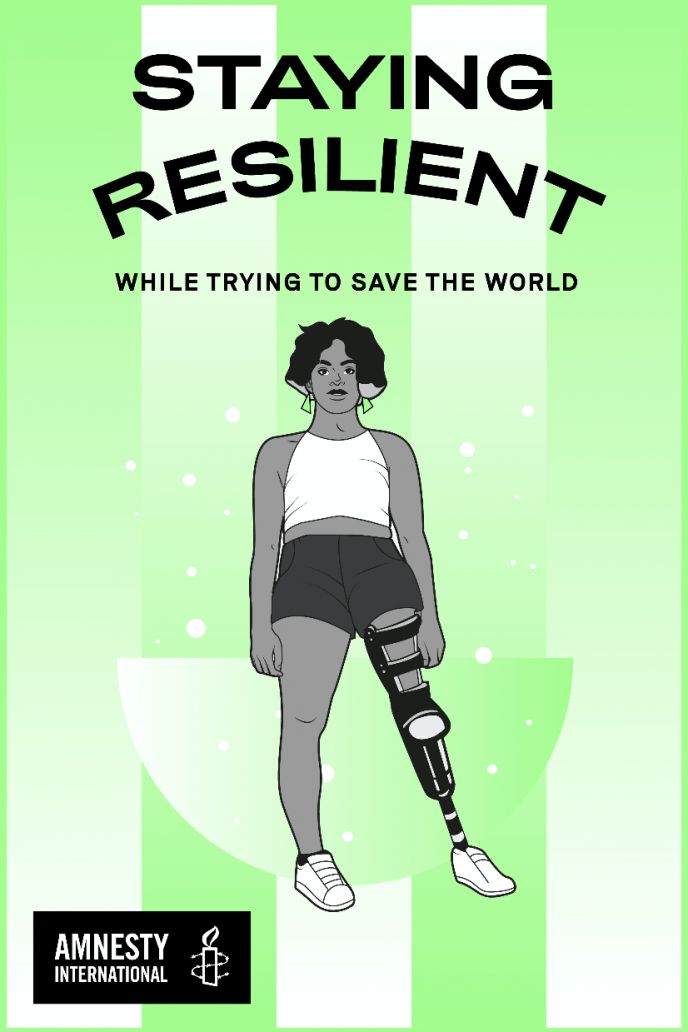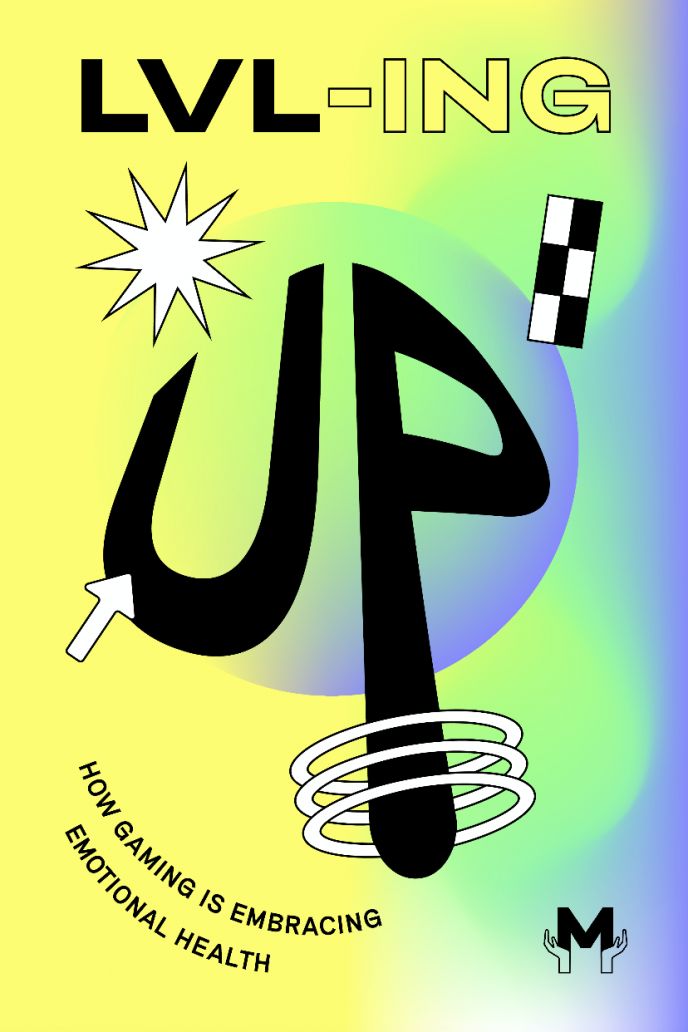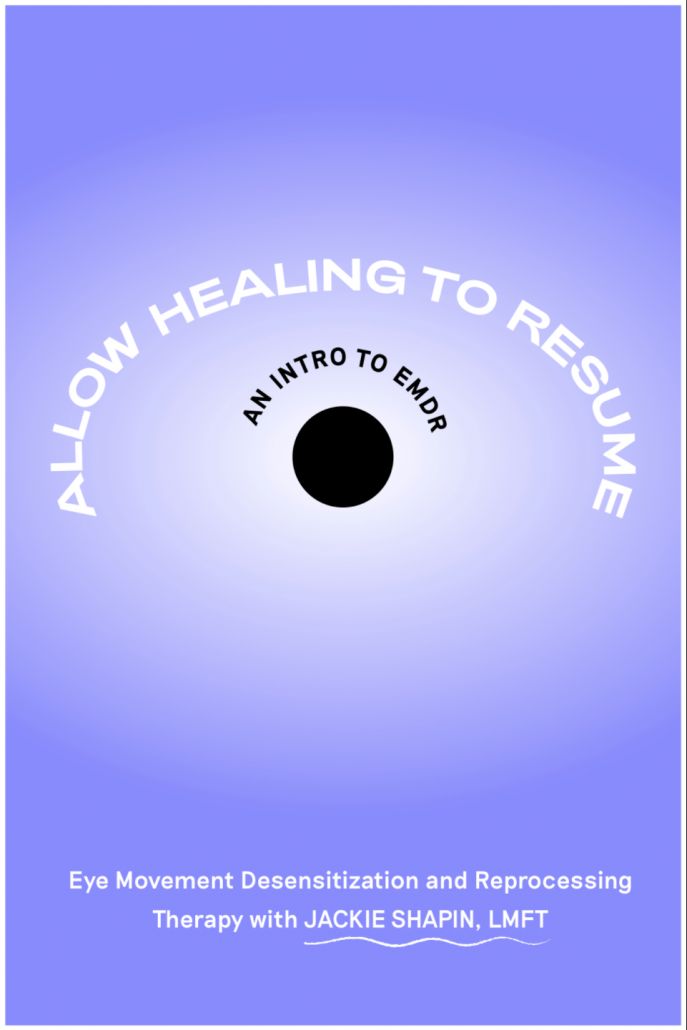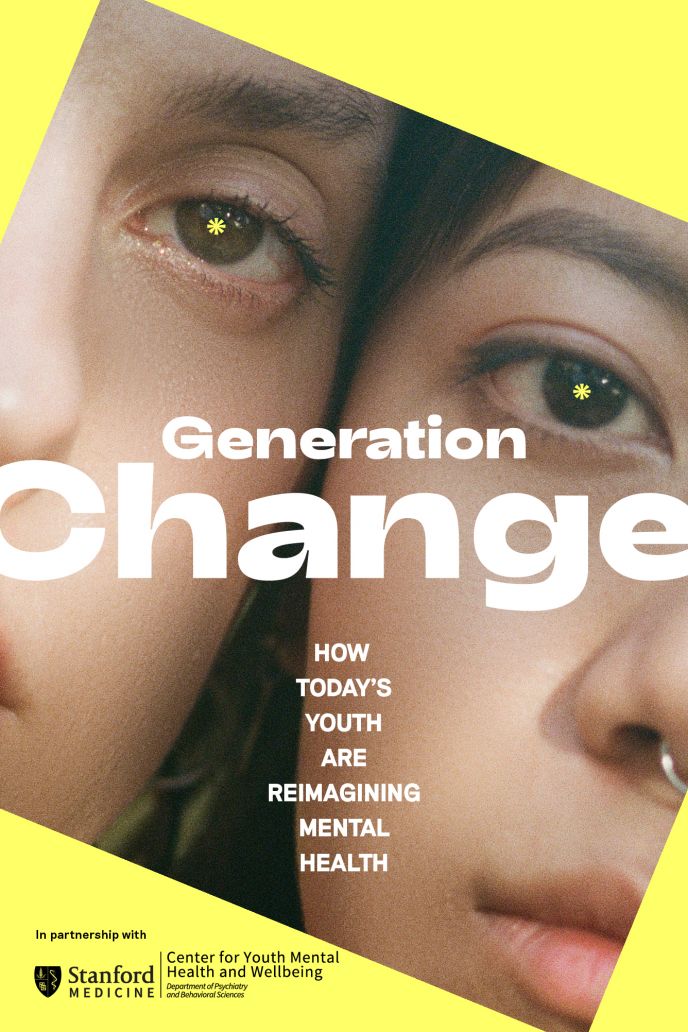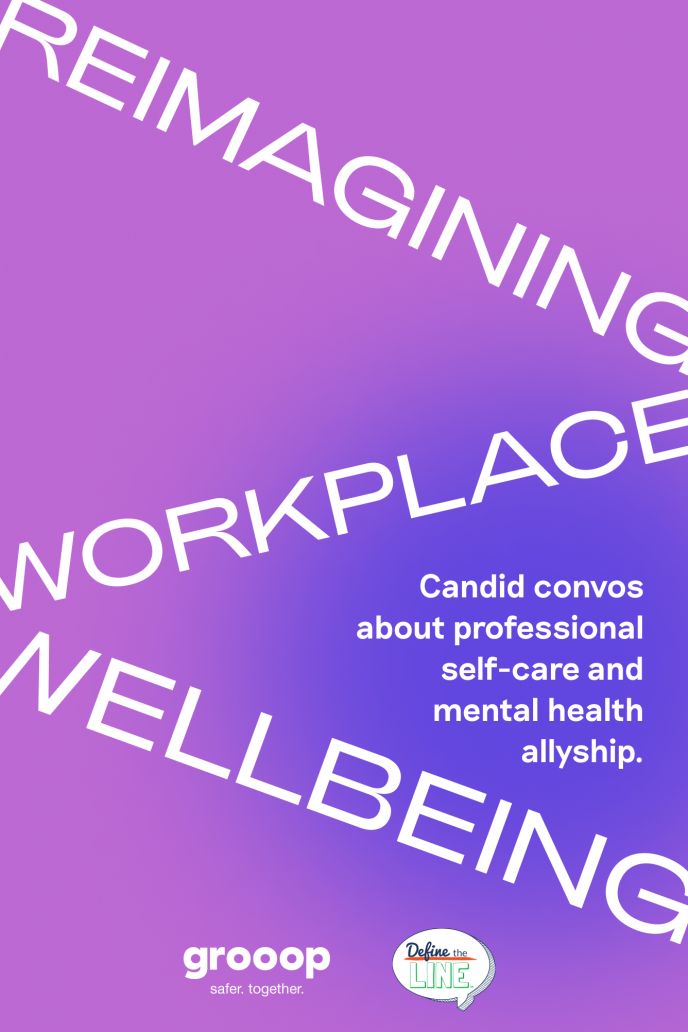OCD is More than Compulsive Behavior
While the media focuses on the behavioral side of OCD, sufferers struggle with dark and intrusive thoughts that need attention.
Written by Jana K. Hoffman
01 Obsessive Thoughts: A Darker Side of OCD by Olivia Loving was published by The Atlantic in 2013.
02 The article highlights that only 50% of OCD is the compulsive behaviors that most people associate it with, and that the other 50% is intense and sometimes debilitating obsessive thoughts.
03 The author says that misinformation about OCD can lead to misdiagnosis and mistreatment for many sufferers.
"That's so OCD."
This comment, often traded among high school girls, usually regards someone’s organizational skills: properly spaced tab dividers, arrays of multicolored pens, or an especially neat locker.
If I google "celebrities with OCD," I discover that I share my disorder with Cameron Diaz, Howard Stern, and Jesse Eisenberg. These interviews mention little more than minor compulsions. (Cameron Diaz is rumored to open doorknobs with her elbows; Howard Stern taps his car radio dial for a certain length of time before switching it on.)
It is easier for others to adjust to compulsions they can see rather than obsessions they can't.
Compulsive behavior steals most of the limelight when it comes to Obsessive-Compulsive Disorder. Comparatively less attention, meanwhile, is given to the obsessive thoughts that characterize the other half of OCD. The content of these obsessions can range from pedophilia to homicide to sexual identity crises; compulsions “atoning for” the thoughts sometimes follow. For example: A woman, distraught by visions of murdering her child, wakes up several times in the night to check on her daughter.
In discussions about OCD with family and friends, I've observed that it is easier for others to adjust to compulsions they can see rather than obsessions they can't. It is easier for them to understand repetitive hand-washing than, say, the fear of murdering your parents. Abstract pamphlet language— "recurrent and persistent thoughts, impulses or images" — doesn't necessarily register in a nonsufferer's mind as graphic or violent.
But the worry that "something bad will happen" is not an ephemeral, occasional threat for OCD sufferers. I avoided knives for years, because in their vicinity I feared I would lose control and stab my mother. Though at 13 I was still a child myself, I was terrified of molesting children, and could already see the newspaper headlines and the interminable jail sentence. My Catholic upbringing sent me to my knees—every 15 minutes, 60 times a day—praying that I wouldn't "hurt or kill anyone, please." Believing myself to be possessed by the devil, I began researching exorcisms. I wanted to tell my mother—but then how to explain I might kill her? To try to reverse the thoughts, I imagined turning the knife on myself instead.
Fred Penzel, Ph.D., is a founding member of the International Obsessive Compulsive Disorder Foundation (IOCDF) and currently sits on its Science Advisory Board. He said that sexual and morbid obsessions crop up consistently in his conversations with patients.
"Most people don't understand OCD at all, to begin with. Secondly, most people tend to get too distracted by the content of the obsessions. The content is irrelevant," Penzel told me.
This content — thoughts of murder and pedophilia — can misdirect the treatment of OCD sufferers, pushing them toward the disciplinary system, rather than a mental health professional’s office. One woman fell into Penzel's care after her first therapist called the state's Child Protective Services after hearing the woman's fear of harming her child.
Another patient called Penzel from the maternity ward after she had given birth, explaining that hospital personnel had listened to her fears of harming her child and taken the infant away.
"She did say that [she had OCD]. They just heard 'harm my child,'" Penzel said.
Penzel said that the obsessive thoughts themselves are "mostly nonsense, and should never be taken literally."
In general, the violent and sexual obsessions that plague OCD patients actually repulse them.
Though I've never been sexually or romantically interested in women, as a child I was inundated with thoughts of performing cunnilingus on classmates. During basketball practice, I would think of fondling my classmates' breasts through our white cotton gym shirts and cross my arms in horror. I began to be convinced that I was gay, and that these undesired thoughts were just a part of growing up. This also works in the reverse: Penzel has written, "if [the patient] happens to be homosexual, they may obsess about the possibility that they might really be straight."
Obsessions fuel compulsions. When I had thoughts of hurting people I loved, I would kiss or press my tongue to the floor, recalling a ritual I’d seen in church. My loving God became a vengeful deity, one who would kill my family members before he would watch me disobey a compulsion. When I was 17 and living in Manhattan, this meant kissing dirty streets and subway floors. I would pretend to search for something under a seat on the train and peck the spotty ground with my lips. My OCD also involved thoughts of cleanliness, and this forced germ exposure seemed, to me, to serve as punishment for my thoughts.
When I did realize I had OCD, it still took a while to broach the extent of my obsessions with my therapist.
When my parents found out that I had OCD, it wasn't because I told them. I was a senior in high school in February 2011 when I offered to describe my condition anonymously in a feature for my high school paper. My adviser tipped off the guidance counselor and Head of School, and the guidance counselor concluded that my obsessive thoughts were not indicative of OCD.
I was suspended from school for being a "threat to the other students" and allowed to return only with a doctor’s note.
A boy in Penzel’s care was also suspended from school for "voicing morbid thoughts," and also allowed to return only when two psychologists and a psychiatrist vouched for him.
Bill Blundell, a licensed counselor in Illinois who specializes in treating children and adolescents with OCD, said that occasionally when high-schoolers confide in their friends about their obsessions, the friends tend to "freak out, it spreads like wildfire, and the teenager becomes an outcast."
Teenagers might not be able to discern between OCD and actual homicidal tendencies, and so it is understandably alarming to hear their friends’ confessions. But the cycle that Blundell describes should stop as soon as it reaches an adult: the school counselor, teacher, or parent.
Penzel explained his own litmus test for distinguishing between OCD and actual, dangerous impulses: "If you listen carefully, patients will agonize constantly over their obsessions, asking, 'Why am I having these thoughts; how do I know that I wouldn't do this; why would I be thinking it if I didn’t want to do it?'"
About the author
Jana Hoffman is a writer, editor and storyteller based in San Francisco. She is currently working as a copywriter at the Chan Zuckerberg Initiative. Outside of work, she is a trained volunteer for Crisis Text Line and has been open about her experiences with mental health.
Support our work
We’re on a mission to change how the world perceives mental health.


